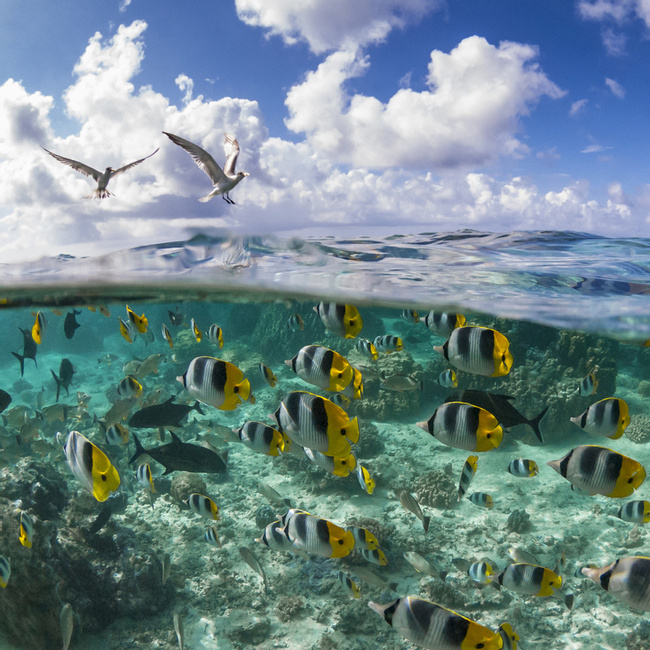Where Are Belize's National Parks & Reserves?
Approximately one-fifth of Belize is comprised of national parks and reserves. For such a tiny country, Belize has an impressive selection of wilderness hikes, Maya ruins, and natural monuments. There are national parks and reserves in Belize’s mountains, Caribbean islands, and rainforests. Parks and reserves also surround Belize’s Maya ruins in the north, west, and south of the country.

On the northern cayes, make sure to visit some of the incredibly bio-diverse marine reserves for a chance to see dolphins, sea turtles, manatees, stingrays, sharks, and whale sharks. These parks include the Hol Chan Marine Reserve, Laughing Bird Caye National Park, South Water Caye Marine Reserve, and Gladden Split and Silk Caye Marine Reserve.
If you find yourself in southern Belize, make time to visit 5 Blues Lake National Park.
To the west, you can visit the Maya Mountains as well as several national parks and reserves, including Blue Hole National Park, Caracol Archeological Reserve, and Guanacaste National Park.
Related Questions
- How Much Does It Cost to Visit a National Park or Reserve in Belize?
- I Want a Nature Vacation. Where Should I Go in Belize?
- Can I Expect To See Wildlife in Belize?
- Are Belize's Parks and Reserves Well Developed?
- What Should I Wear or Bring to a National Park in Belize?
We believe travel is more than ticking destinations off a list – it’s about discovering new places deeply, feeling connected wherever you go, and knowing you have a trusted team behind you every step of the way.



